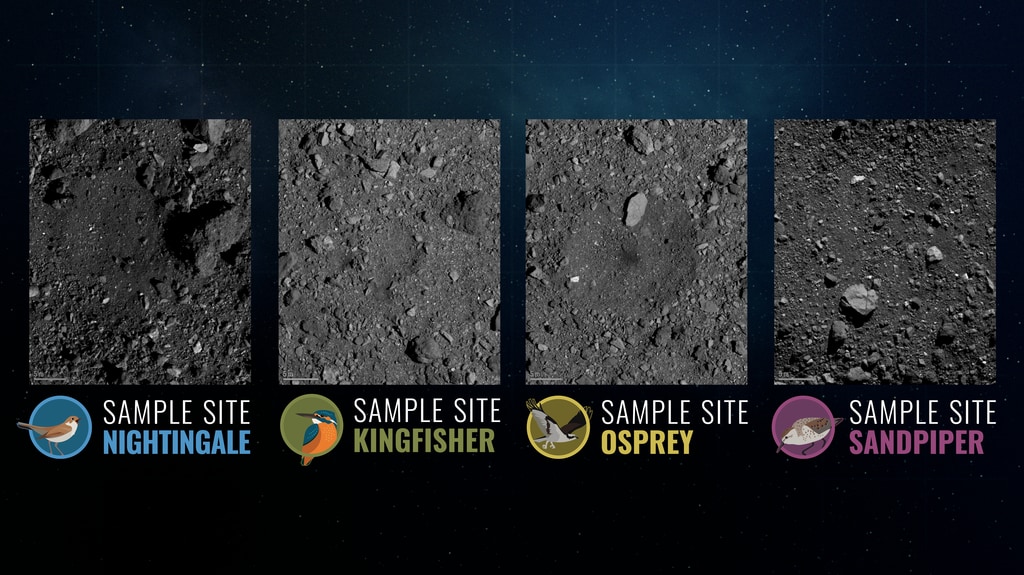Surprises from Asteroid Bennu
Recapping surprises at Bennu and achievements of the OSIRIS-REx mission before the final sample site announcement.
Music is "Growing Idea" from Universal Production Music.
The OSIRIS-REx team has already pushed the boundaries of scientific exploration - going from ground-based radar images from Arecibo in Puerto Rico all the way to orbiting a few hundred meters from asteroid Bennu. The team is mere months away from a sample collection attempt at the asteroid surface. Before this attempt, we take a look back at some of the major achievements, surprises, and challenges of sampling an asteroid with OSIRIS-REx.
Vertical version of the Surprises at Asteroid Bennu video.
Credits
Please give credit for this item to:
NASA's Goddard Space Flight Center
-
Producer
- James Tralie (ADNET Systems, Inc.)
-
Editor
- James Tralie (ADNET Systems, Inc.)
-
Animators
- James Tralie (ADNET Systems, Inc.)
- Michael Lentz (USRA)
- Lisa Poje (USRA)
- Bailee DesRocher (USRA)
- Walt Feimer (KBR Wyle Services, LLC)
- Adriana Manrique Gutierrez (USRA)
- Josh Masters (Freelance)
-
Narrator
- James Tralie (ADNET Systems, Inc.)
-
Technical support
- Aaron E. Lepsch (ADNET Systems, Inc.)
-
Data visualizer
- Kel Elkins (USRA)
Release date
This page was originally published on Monday, December 2, 2019.
This page was last updated on Wednesday, May 3, 2023 at 1:45 PM EDT.

![NASA Science Live: OSIRIS-REx - X Marks the Spot [Episode 13]Air Date: December, 12, 2019Watch this video on the ScienceAtNASA YouTube channel.](/vis/a010000/a013500/a013504/NSL_ep13_still_print.jpg)